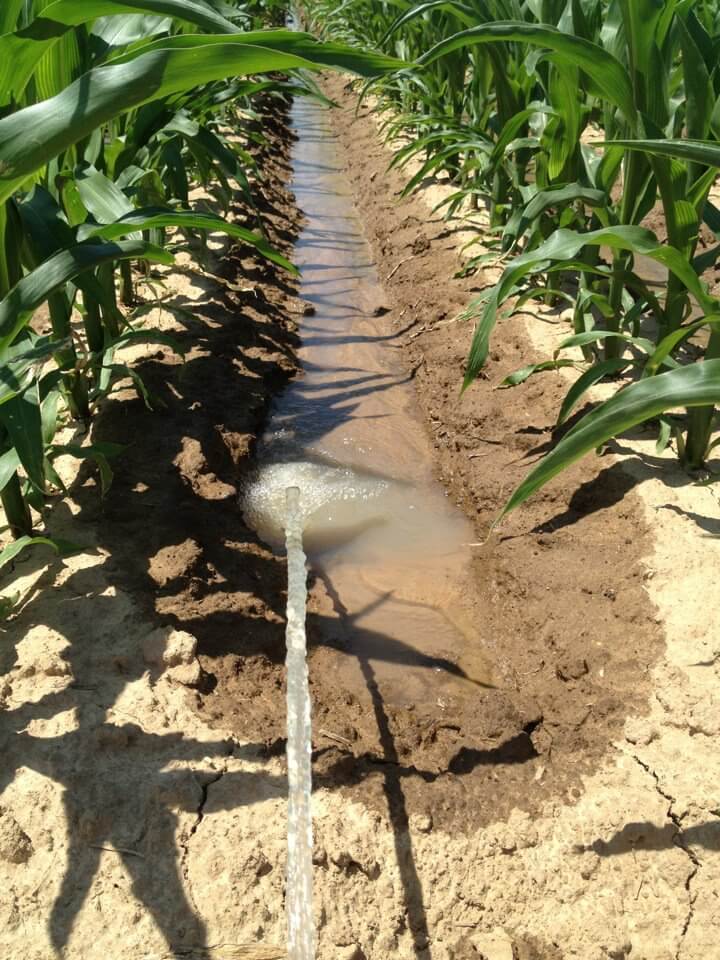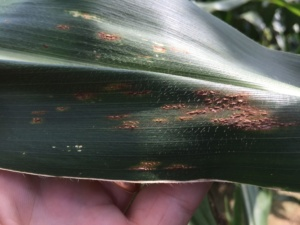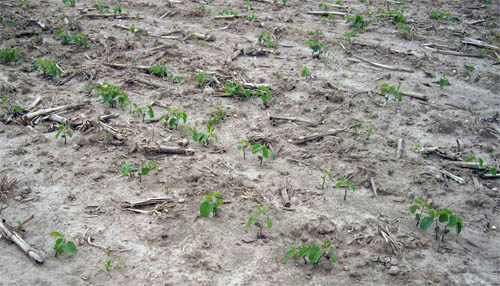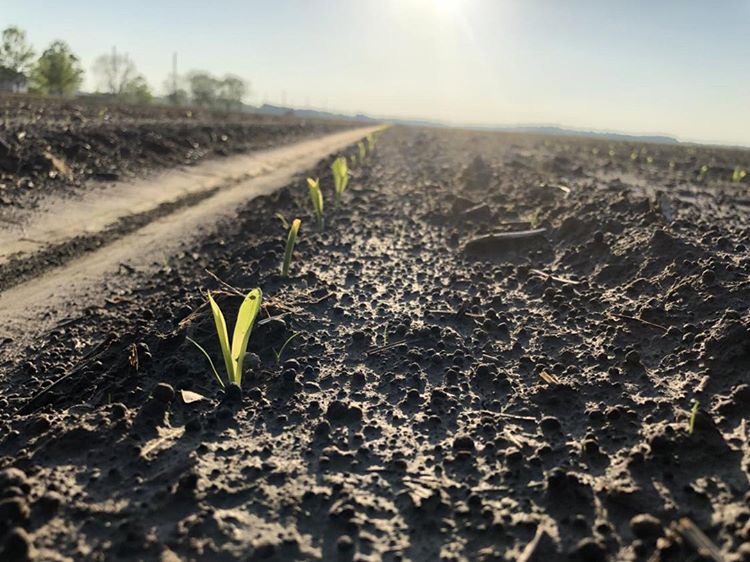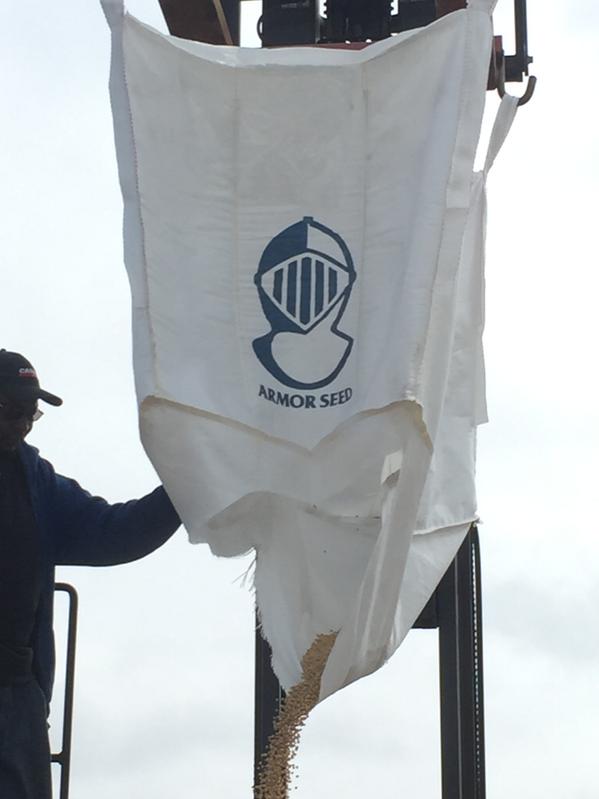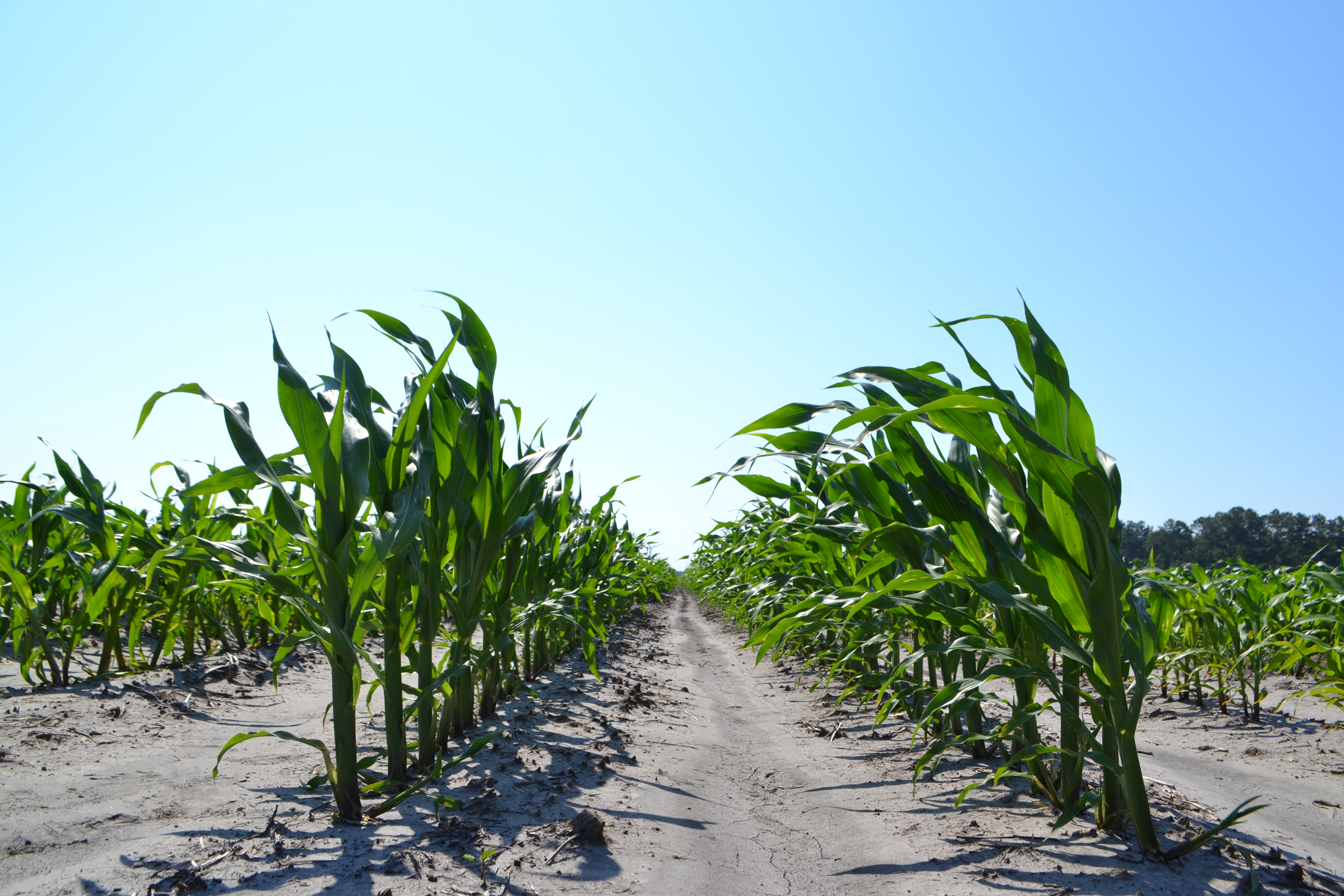Once a crop has been planted, there is little that can be done to reduce incidence or severity of soybean seedling diseases.
One of the most critical late-season management inputs in balancing irrigation needs.
In some areas, we are seeing some issues with rust in our corn crop this year. Much of that has to do with the cooler temperatures and wet weather we’ve experienced.
“Should I replant a poor soybean stand or leave it alone?” Depending on where you are, this decision may be behind you.
With prolonged persistent rains and saturated soil in many areas, there may be concern that some fields may have experienced nitrogen (N) loss. Nitrogen loss depends on many factors.
Growing Degree Days (GDDs)—also known as Heat Units or Growing Degree Units (GDUs)—are a measure of heat accumulation used to help predict plant growth develop...
Many of you use a seed treatment on your beans every year and some of you never use one. That can be chalked up to personal preference as a grower.
So, some of our more southern friends have a jump on the rest of us when it comes to getting their corn in the ground this year.
Determining when to terminate irrigation in soybeans can be difficult. When making this decision, the goal is to make sure that adequate soil moisture is available to ensure the soybean seeds reach maximum size.
We’ve been seeing some disease in corn this season which we originally thought to be Eyespot. However, upon further investigation, the diagnosis is Curvularia Leaf Spot.
As our ears begin to fill out this year in corn, there are a number of issues for which we should watch.
As we move closer to the finish line, let’s not let our corn stress.
As you may know, irrigation during the early vegetative phase provides little or no yield benefit.


